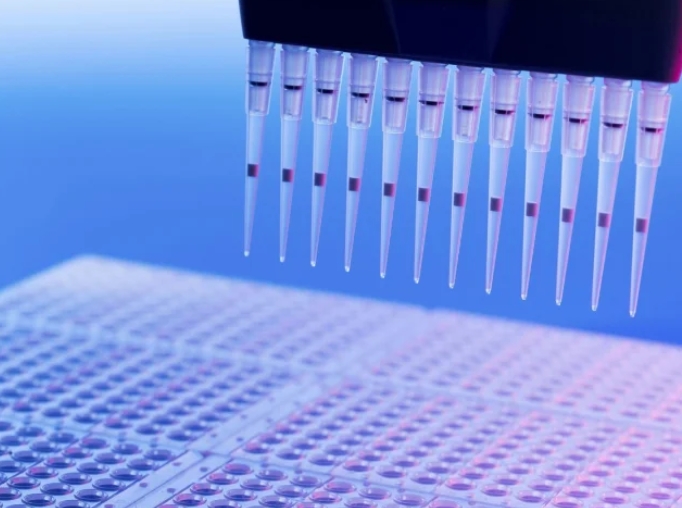Developing new drugs involves an intricate process where scientists must ensure safety, efficacy, and optimal bioavailability. Among the essential methodologies supporting this complex task, in vitro ADME assays stand out. These assays—representing Absorption, Distribution, Metabolism, and Excretion—equip researchers with critical insights early in the drug development cycle, reducing time, cost, and risks associated with drug discovery. Let’s delve into how these assays revolutionize drug development and why they are instrumental for successful drug discovery.

What Are In Vitro ADME Assays?
The Importance of ADME in Drug Discovery
ADME stands as a cornerstone in pharmacokinetics, representing how a drug behaves within a biological system. Understanding ADME properties allows researchers to predict a drug’s behavior in human bodies accurately. It ensures that the drug reaches its intended site of action at therapeutic concentrations without causing toxicity. In vitro ADME assays replicate the human biological environment on a smaller scale, enabling scientists to gather comprehensive data on a drug’s profile much sooner.
Common Types of In Vitro ADME Assays
There are several in vitro ADME assays each serving specific purposes: 1. Permeability Assays: Evaluate how well a drug can cross biological membranes. 2. Metabolic Stability Assays: Determine the rate at which a drug is metabolized, essential for predicting drug half-life. 3. Drug-Drug Interaction Assays: Assess how concurrent medications could affect one another’s metabolism. 4. Solubility Assays: Measure a drug’s solubility, influencing absorption and bioavailability. By employing these assays early, researchers can identify and rectify potential issues, leading to more efficient drug development processes.
How In Vitro ADME Assays Accelerate Drug Development
Enhancing Early-Stage Drug Discovery
Early-stage drug discovery can be fraught with uncertainty. In vitro ADME assays mitigate this by providing critical early data on a compound’s pharmacokinetic profile. Researchers use this data to refine drug candidates, improving their designs to mitigate absorption issues, enhance metabolic stability, or reduce potential toxicity. This proactive approach not only accelerates the development timeline but also enhances the probability of a successful outcome.
Reducing the Need for Animal Testing
Traditional drug testing heavily relied on animal models, raising ethical concerns and often failing to predict human responses accurately. In vitro ADME assays offer a humane, reliable alternative, providing human-relevant data without the ethical complications associated with animal testing. This shift not only benefits animal welfare but also aligns with the growing regulatory emphasis on reducing animal experimentation, ultimately streamlining the path to clinical trials.
The Role of In Vitro ADME Assays in Drug Safety and Efficacy
Predicting Drug Toxicity and Side Effects
Understanding a drug’s toxicity is paramount. In vitro ADME assays enable researchers to predict potential toxic effects by analyzing the compound’s interaction with human enzymes and its metabolic by-products. Early detection of toxic properties allows for redesigning the compound, reducing the risk of late-stage failures and enhancing patient safety.
Assessing Bioavailability and Metabolism
Bioavailability—the extent and rate at which an active drug reaches systemic circulation—is a critical determinant of a drug’s efficacy. In vitro ADME assays assess this by simulating human metabolic processes, providing insights into how the drug will be absorbed, distributed, metabolized, and excreted. This data is crucial for optimizing dosage forms and ensuring the drug releases its therapeutic effect effectively within the body.
Best Practices for Implementing In Vitro ADME Assays
Choosing the Right Assays for Your Research
Selecting appropriate assays can determine the success of your drug development efforts. It is essential to consider the stage of development, the specific properties of your drug candidate, and the regulatory guidelines. For instance, in drug lead optimization, permeability and metabolism assays might be prioritized, while, in later stages, drug-drug interaction assays could be crucial.

Integrating ADME Data into the Drug Development Process
To maximize the benefits of in vitro ADME assays, the data obtained must be seamlessly integrated into the entire drug development workflow. This entails using sophisticated data analysis tools and fostering close collaboration among interdisciplinary teams. Incorporating ADME findings into each decision-making phase ensures a comprehensive understanding and informed strategy adjustments, driving the project towards successful outcomes.
Conclusion
In vitro ADME assays play an indispensable role in streamlining drug discovery by providing early, reliable insights into a drug’s behavior in the human body. These assays contribute significantly to the efficiency of drug development, reduce reliance on animal testing, and assure drug safety and efficacy. Implementing these assays with strategic precision paves the way for innovative therapeutic solutions, ultimately bringing safer, more effective drugs to market faster. In Vitro ADME Services further enhance the precision of these assays, providing tailored support for drug development. As drug discovery continues to evolve, the role of in vitro ADME assays will only grow in importance, solidifying their place in modern pharmacological research.











